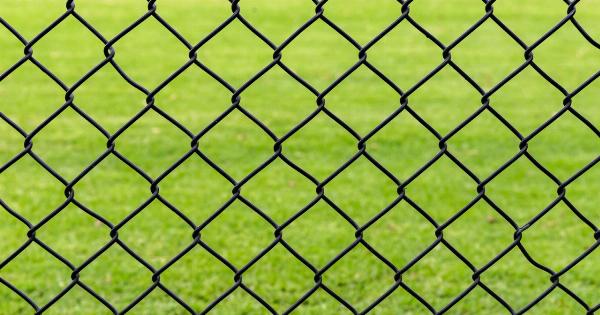While some people opt to use dishwashers to clean their dishes, hand washing dishes remains a relevant and eco-friendly option. Here are some reasons why:.
It Saves Money on Water Bills
When using a dishwasher, you may end up using more water than required. On average, older dishwashers can use between 6-10 gallons of water per cycle. Newer models can use as little as 2 gallons per cycle, but that still adds up quickly.
Hand washing, on the other hand, typically uses about 3 gallons per wash.
It Saves Energy
While newer dishwashers are becoming more energy-efficient, they still require electricity to run. Hand washing dishes, however, requires no electricity. All you need is a sink, some hot water, and a little bit of soap.
You Can Clean Dishes More Thoroughly
When using a dishwasher, some dishes may not come out as clean as you would like. This is especially true for dishes with stuck-on food.
By washing dishes by hand, you can pick up and scrub each piece individually, ensuring that all food particles are removed.
It Can Be a Mindful Activity
While many people view washing dishes as a tedious chore, it can actually be a mindful activity. When washing dishes, focus on the task at hand and take notice of the sensory experience.
Doing so can be meditative and can help decrease stress and anxiety.
How to Hand Wash Dishes Properly
Now that we’ve discussed the benefits of hand washing dishes, here are some tips on how to do it properly:.
Step 1: Scrape Excess Food into the Trash
Before you begin washing, scrape excess food into the trash or compost bin. This will help prevent clogs and make it easier to clean your dishes.
Step 2: Fill the Sink with Hot Water and Soap
Fill your sink with hot water and add a small amount of dish soap. Make sure the water is hot, but not scalding hot, as this can damage some dishes.
Step 3: Place Dishes in the Soapy Water
Place the dishes in the soapy water, starting with the least dirty items first. This will help prevent contamination of the water.
Step 4: Wash Dishes with a Sponge or Scrubber
Use a sponge or scrubber to clean each dish, paying special attention to any stuck-on food. Don’t forget to clean the utensils and cups as well.
Step 5: Rinse Dishes with Hot Water
Rinse each dish with hot water to remove any soap residue. Again, start with the least dirty items first.
Step 6: Dry Dishes with a Clean Towel
Use a clean towel to dry each dish. If you have a dish rack, place the dishes in the rack to air dry.
Conclusion
Hand washing dishes might seem like a thing of the past, but it remains a relevant and eco-friendly option today. Not only does it save money on water bills and energy, but it also allows for a more thorough cleaning and can be a mindful activity.
So next time you’re tempted to use the dishwasher, consider washing by hand instead. Your wallet (and the earth) will thank you.





























